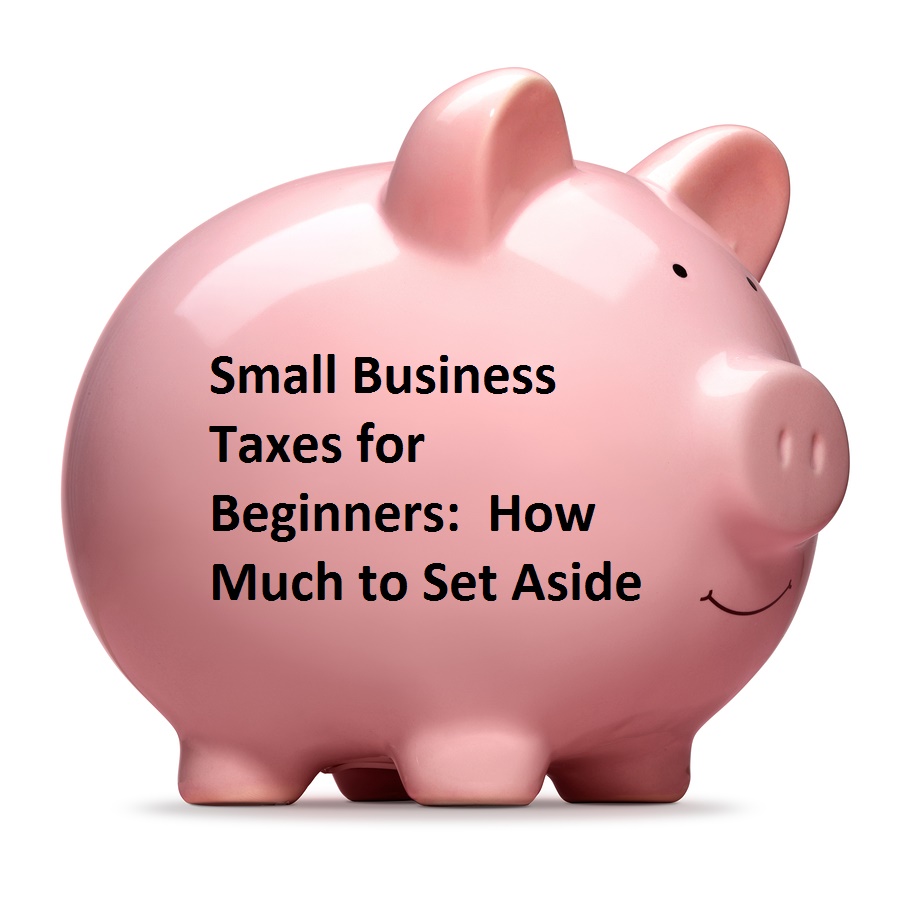
Photo by Christopher Holden on Flickr.com
I’m sure you’ve heard it all before: 51% of Americans don’t pay any income tax! I got an earful of it just the other day from Granny’s boyfriend (who, by the way, also pays no federal income tax). A lot of people have been asking me about that lately; the two main questions are 1. Is it true? And 2. How come so many people aren’t paying? I did some research and here’s what I found.
1. According to the Tax Policy Institute, 46% of American households are not expected to pay federal income tax in 2011. It’s not 51%, but that’s still a pretty big number.
2. Of that 46% (that’s roughly 76 million American households), half of them pay no federal income tax due to standard deductions and basic exemptions. In English—it means they’re poor. Our tax system doesn’t tax subsistence level incomes. For example: a married couple making $18,700 a year or less would pay no federal income tax. It’s important to note that they still are subject to Social Security and Medicare taxes, either through their wage withholdings or through their self employment taxes on their federal return. There’s a big difference between “no federal income taxes” and “no taxes ”.
3. That leaves 38 million households that pay no income tax because of special provisions in the tax code.
So what are these special provisions and who is affected by them?
1. 44% of those 38 million households are covered under tax benefits for the elderly. That would include the extra standard deduction for senior citizens and the exclusion of some social security benefits from taxation. (The report also mentions the credit for the elderly, but in reality, I have never, ever prepared a return where someone actually qualified for that credit.)
2. Another 30% of those tax provisions are credits given for children and the working poor, namely the Child Tax Credit and the Earned Income Credit.
3. That leaves the remaining 26% (less than 10 million households) reducing their federal income tax liability to zero through tax breaks.
So what are these tax breaks and how do they break down? (By the way, in the Tax Policy Report, Tax breaks are called “Tax expenditure provisions” and households are called “tax units”. Forgive me for trying to make people sound human.)
1. Exclusion of cash transfers accounts for 6% or 2.28 million households. In English we’re talking about people who receive SSI or other non-taxable payments like that.
2. Education credits account for 5.6% or 2.128 million households.
3. Above the line deductions and tax exempt interest account for 5.1% or 1.938 million households. Above the line deductions are those things on the front of a 1040 tax return like the deductions for an IRA, alimony paid, student loan interest and the teacher deduction to name a few. Tax exempt interest is usually earned on state and local government bonds.
4. Itemized deductions account for 5% or 1.9 million households. The most commonly claimed deductions here are for mortgage interest, real estate taxes, state and local taxes, and charitable contributions.
5. Other credits make up 2.5% or just under one million households. The foreign tax credit isn’t counted in this as it’s considered to be a tax paid. This category is more for things like the residential energy credit, items you’ll find on the back of the 1040.
6. The last category is reduced rates on capital gains which accounts for 1.3% or less than half a million households. Regular income is taxed at your regular tax rate, but long term capital gains are taxed at a lower rate (between 0 and 15%).
So what does all this mean and why should you care? That’s the question of the day, isn’t it? Let’s be real, it is kind of aggravating to think that 46% of the American public doesn’t pay any income tax, especially if you’re paying taxes. But where are we going to make the changes?
Do you want to eliminate the tax benefits for the elderly? I’m not recommending that; Granny’ll whop me upside the head. If Congress slashes the Social Security and Medicare budgets, you can’t attack seniors with increased taxes on the other side.
We could reduce the standard deduction and exemptions and push more people into the taxable income category—but that would raise everyone’s taxes, not just the poor.
We could eliminate the other tax breaks like the education credit and itemized deductions, etc. While doing so would take some people out of “pay no income tax” category, it would also greatly increase the taxes of many people who are already paying into the system.
If you’re looking for an easy answer here, there really isn’t one. If you would like to learn more about the Tax Policy study, here’s a link to their site: http://www.taxpolicycenter.org/publications/url.cfm?ID=1001547









